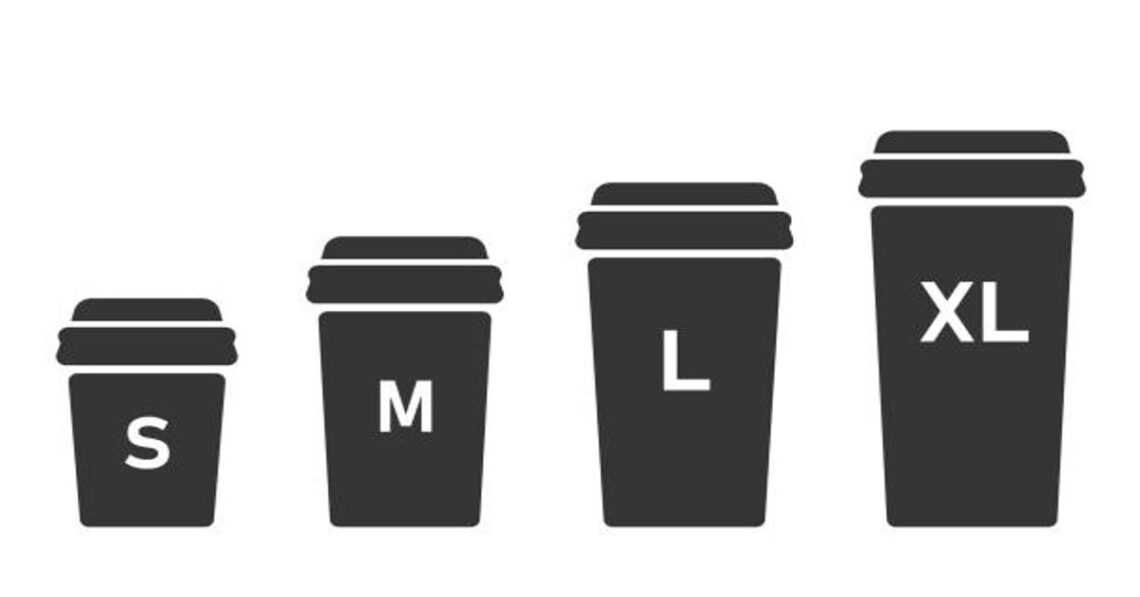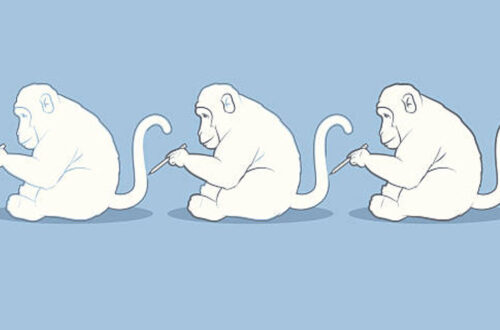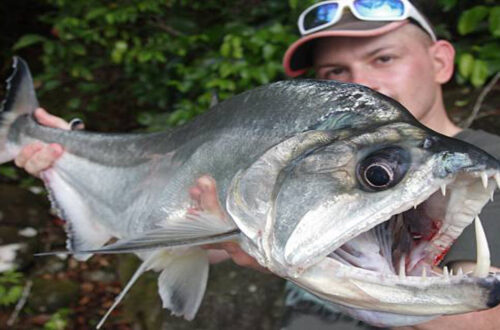Starbucks, one of the most recognized coffee brands worldwide, has become synonymous with not just coffee but a distinctive coffee culture. A crucial element of this experience is its cup sizes, which might seem straightforward but carry a rich history, practical differences, and subtle marketing strategy. Understanding Starbucks cup sizes is essential for anyone who frequents the coffeehouse, whether you are a casual customer, an aficionado, or someone curious about how serving sizes influence your drink experience. This guide delves deep into every Starbucks cup size, their measurements, differences, the reasoning behind their names, and practical advice for choosing the right size for your caffeine needs.
History and Naming Conventions
Starbucks has adopted unique terminology for its cup sizes. Unlike typical fast-food or beverage chains that use small, medium, and large, Starbucks uses Italian-inspired names: Tall, Grande, Venti, and Trenta. This naming convention emerged in the 1980s when Starbucks aimed to differentiate itself in a competitive market and provide a more European coffeehouse experience.
- Short: 8 ounces. Originally used for hot drinks. Short cups are often available upon request even though they are not listed on every menu.
- Tall: 12 ounces. This is considered a “small” in Starbucks terms.
- Grande: 16 ounces. Grande is the standard medium size in most Starbucks stores.
- Venti: 20 ounces for hot drinks, 24 ounces for cold drinks. This term means “twenty” in Italian.
- Trenta: 31 ounces, available only for select cold drinks such as iced coffee or teas.
This Italian-inspired naming strategy gave Starbucks a distinctive brand identity and enhanced the sense of sophistication and cosmopolitan appeal.
Detailed Cup Sizes and Measurements
Understanding the exact measurements of Starbucks cup sizes helps consumers make informed choices about caffeine intake, calorie content, and overall drink satisfaction.
| Cup Size | Ounces (Hot) | Ounces (Cold) | Common Usage | Notes |
|---|---|---|---|---|
| Short | 8 oz | Not commonly used | Hot drinks | Often used for kids or small servings |
| Tall | 12 oz | 12 oz | Hot & Cold drinks | Standard “small” size, widely available |
| Grande | 16 oz | 16 oz | Hot & Cold drinks | Medium size, most popular |
| Venti | 20 oz | 24 oz | Hot & Cold drinks | Hot or cold; larger caffeine dose |
| Trenta | Not available | 31 oz | Cold drinks only | Only for select iced beverages |
Key Observations
- The Trenta cup is exclusive to cold beverages such as iced coffee, iced tea, and refreshers. It is unavailable for hot drinks due to the physical limitations of holding large hot liquids safely.
- Hot and cold drinks of the same nominal size can differ in fluid ounces. For instance, a hot Venti is 20 ounces, while a cold Venti is 24 ounces. This adjustment accommodates ice and ensures a consistent drink volume.
Marketing and Consumer Psychology
Starbucks’ cup size system is more than a functional matter; it is a strategic marketing decision. By using Italian names and offering larger sizes than typical cafes, Starbucks creates a perception of premium, European-inspired coffee culture.
- Tall vs. Short: While short cups exist, Starbucks seldom promotes them, encouraging consumers to move directly to Tall. This subtly nudges customers toward slightly larger sizes.
- Venti & Trenta: The introduction of Venti and later Trenta sizes caters to high-consumption customers and reinforces the idea that Starbucks provides an “experience,” not just a beverage.
- Customization: Starbucks’ cup sizes encourage customers to consider the number of shots of espresso, milk proportions, and flavor additions, effectively increasing personalization and engagement.
This approach influences how customers perceive value: a Venti may feel like a better deal than two Tall drinks, even if the total cost is higher.
Nutritional Considerations
Cup sizes directly impact caloric intake, caffeine levels, and portion control. Each Starbucks beverage has varying amounts of caffeine and calories depending on its size. Understanding this can help customers make healthier choices.
| Cup Size | Average Caffeine (Hot Coffee) | Calories (Black Coffee) | Calories (Latte with 2% Milk) |
|---|---|---|---|
| Short | 75 mg | 5 | 100 |
| Tall | 150 mg | 10 | 190 |
| Grande | 225 mg | 15 | 250 |
| Venti | 300 mg | 25 | 310 |
| Trenta | 360 mg | 30 | 400 |
Insights
- The difference in caffeine and calories between sizes can be significant. For example, a Grande Latte has about 250 calories, while a Venti Latte can have over 300 calories.
- Customers seeking lower caffeine or fewer calories may prefer a Short or Tall. Those desiring a longer-lasting beverage, or who prefer more milk or flavor shots, may opt for Grande or Venti.
Specialty Drinks and Size Availability
Certain Starbucks drinks have size limitations due to preparation logistics or ingredient ratios:
- Espresso-based drinks (Latte, Cappuccino, Flat White): Available in Short, Tall, Grande, and Venti for hot drinks; Trenta is not used.
- Frappuccinos: Blended beverages are available in Tall, Grande, and Venti sizes. Trenta is not offered due to blending machine capacity.
- Iced Coffees, Teas, and Refreshers: Can be served in Tall, Grande, Venti, or Trenta. The Trenta option is designed for customers seeking a larger, cold beverage, especially during hot seasons.
- Seasonal Specials: Drinks like the Pumpkin Spice Latte or holiday beverages generally follow standard cup sizes but may have optional customizations that slightly alter the volume (like extra foam or whipped cream).
This strategy balances customer preference with operational efficiency. Providing a fixed size range reduces preparation errors and ensures consistency across thousands of Starbucks locations.
Cost Implications by Cup Size
Pricing is another factor impacted by cup size. Typically, larger sizes cost more, but the incremental price increase is often less than proportional to volume, creating perceived value for customers.
| Cup Size | Price Range (Hot Coffee) | Price Range (Cold Coffee) | Notes |
|---|---|---|---|
| Short | $2.00 – $2.50 | Not commonly sold | Less profitable; rarely promoted |
| Tall | $2.50 – $4.00 | $3.00 – $4.50 | Entry-level price; most accessible |
| Grande | $3.50 – $5.00 | $4.00 – $5.50 | Standard choice for regular customers |
| Venti | $4.00 – $6.00 | $4.50 – $6.50 | Higher revenue; suitable for high-consumption customers |
| Trenta | N/A | $5.00 – $6.50 | Limited to cold beverages; largest volume sold |
Observations
- Incremental pricing encourages upselling: moving from Tall to Grande may cost $0.50–$1.00 more but gives 33% more coffee.
- Trenta is priced to reflect its massive volume but still gives customers perceived value per ounce.
Practical Tips for Choosing the Right Cup Size
Choosing the appropriate Starbucks cup size involves considering factors such as caffeine tolerance, caloric intake, duration of consumption, and personal preference.
- Short (8 oz): Ideal for kids, low-caffeine seekers, or customers who want a quick espresso or hot drink without excess volume.
- Tall (12 oz): Standard small option; fits most customers’ average daily coffee needs. Easy to finish on the go.
- Grande (16 oz): Most popular size; balances volume and caffeine intake. Great for morning routines or mid-day consumption.
- Venti (20–24 oz): Perfect for long-duration enjoyment or high caffeine consumers. May be preferable for iced beverages due to volume and ice allowance.
- Trenta (31 oz): Best suited for iced drinks during hot weather, customers seeking hydration, or social sharing. Not suitable for hot drinks due to safety concerns.
Additionally, understanding cup size helps with drink customization. For instance, adding more espresso shots or syrups to a Venti or Trenta affects taste balance, whereas in a Short or Tall, adjustments are subtler.
Summary Table: Cup Size Overview
| Cup Size | Ounces | Typical Price | Caffeine Range | Hot/Cold Availability | Best For |
|---|---|---|---|---|---|
| Short | 8 oz | $2–$2.50 | 75 mg | Hot only | Kids, low-caffeine |
| Tall | 12 oz | $2.50–$4 | 150 mg | Hot & Cold | Standard daily drink |
| Grande | 16 oz | $3.50–$5 | 225 mg | Hot & Cold | Mid-size, balanced intake |
| Venti | 20/24 oz | $4–$6.50 | 300 mg | Hot & Cold | Long-duration or high caffeine |
| Trenta | 31 oz | $5–$6.50 | 360 mg | Cold only | Hydration, iced drinks |
Frequently Asked Questions (FAQs)
1. Why does Starbucks use Italian names for cup sizes?
Starbucks adopted Italian terms to create a premium, European-inspired coffeehouse experience and differentiate from competitors.
2. Can I order a Short cup size at Starbucks?
Yes, but it’s not listed on every menu. Short cups are typically requested for hot drinks and smaller portions.
3. What drinks are available in Trenta size?
Trenta is limited to select cold beverages, including iced coffee, iced teas, and refreshers. Hot drinks are not served in Trenta.
4. How does cup size affect calories and caffeine?
Larger cups contain more liquid, often more milk and syrup, leading to higher calories and caffeine intake. Venti or Trenta drinks have the most.
5. Is there a difference between hot and cold Venti sizes?
Yes. Hot Venti is 20 ounces, while cold Venti is 24 ounces to account for ice and maintain consistent beverage volume.
Conclusion
Starbucks cup sizes are more than just a measure of liquid; they represent branding, marketing, consumer psychology, and practical functionality. From Short to Trenta, each size has a purpose, designed to meet the needs of different customers while subtly guiding choices and maximizing customer satisfaction. Understanding these cup sizes allows you to make informed decisions about caffeine consumption, calorie intake, cost-effectiveness, and overall coffee experience. Whether you are grabbing a quick Tall latte on the go, savoring a Grande cappuccino mid-day, enjoying a Venti iced coffee during long work hours, or sharing a Trenta refresher with friends, knowing the differences empowers you to enjoy Starbucks to the fullest.






